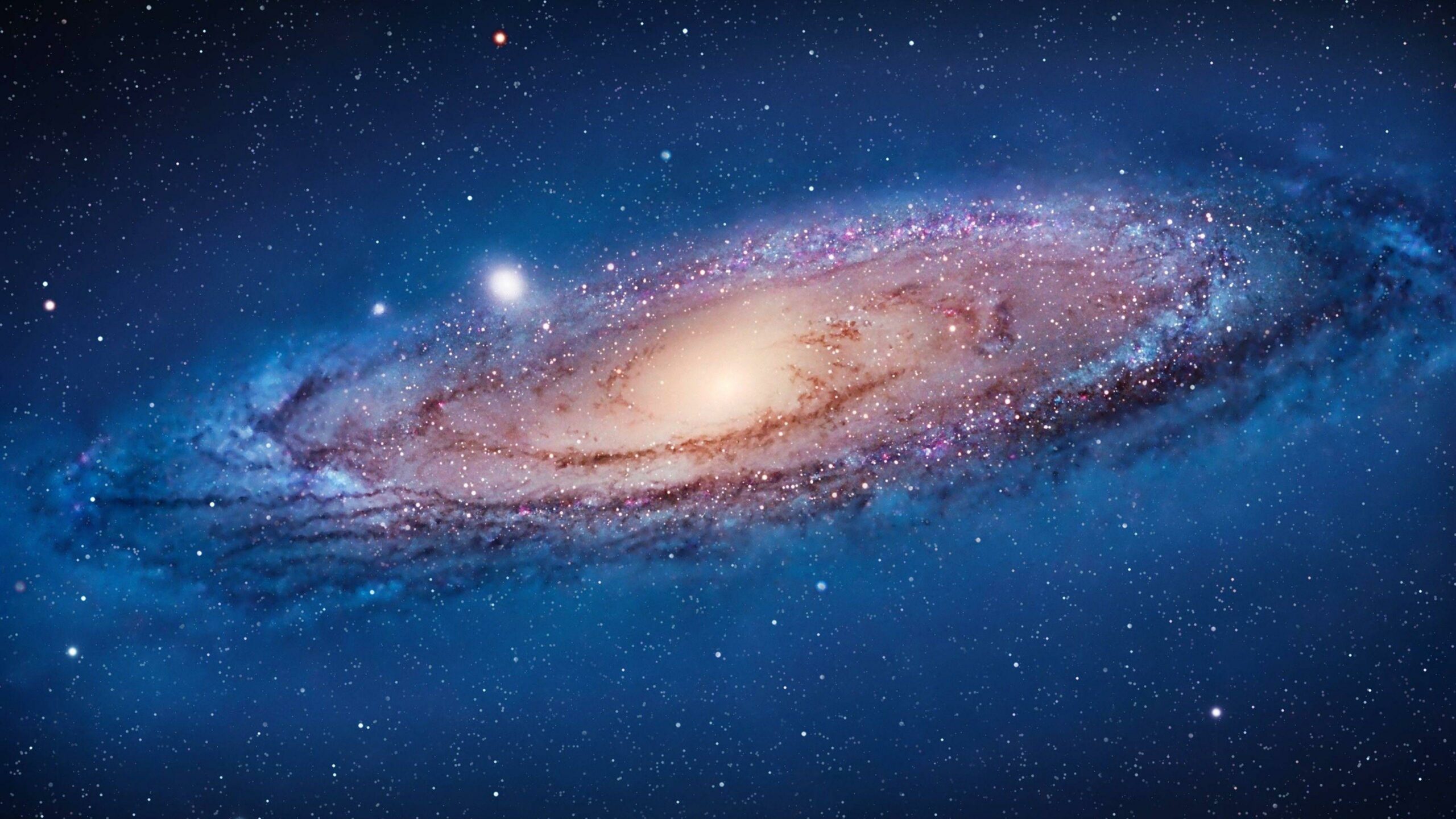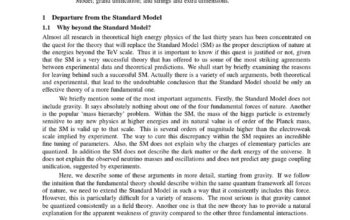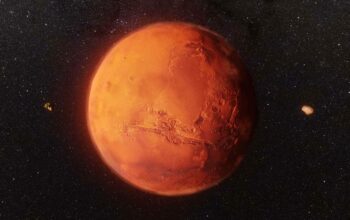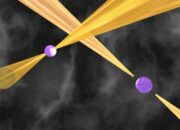In the realm of astrophysical research, the quest to understand the cosmos has taken a significant leap due to advancements in imaging and data acquisition. The integration of ultra-high-definition (UHD) imaging technology into cosmological studies has facilitated unprecedented clarity in mapping celestial phenomena. As scientists endeavor to probe deeper into the intricacies of the universe, this precision in imaging yields profound implications for various domains, from theoretical physics to observational astronomy.
Ultra HD, defined by resolutions of at least 3840 x 2160 pixels, allows for an unprecedented level of detail. This resolution transcends traditional imaging methods, enabling researchers to discern features with hitherto unattainable clarity. The fundamental importance of this enhancement lies not solely in aesthetic appeal but also in its utility for scientific inquiry. As cosmologists employ UHD images to analyze the structural composition of galaxies, the morphological details observed can significantly refine the parameters of existing cosmological models.
One prominent example encompasses the study of galaxy formation and evolution. High-resolution images facilitate the identification of intricate substructures within galaxies, including stellar nurseries and dark matter halos. The elucidation of these complex entities is crucial for understanding the hierarchical assembly processes that govern galaxy formation over cosmic time. Such insights are pivotal in testing competing cosmological models, including ΛCDM (Lambda Cold Dark Matter), which posits the existence of dark matter and dark energy as fundamental components of the universe’s structure.
Moreover, UHD imaging is instrumental in the observation of transient astrophysical events, such as supernovae and gamma-ray bursts. The fleeting nature of these cosmic phenomena necessitates rapid and precise imaging capabilities. By harnessing ultra-high-definition technology, researchers can capture critical moments in the life cycle of these events with remarkable clarity. Consequently, this leads to enhanced data pertaining to the energy output, spectra, and light curves of such occurrences, fostering a more comprehensive understanding of stellar evolution and explosive astrophysical processes.
Furthermore, the application of UHD imaging extends beyond individual cosmic entities to the large-scale structure of the universe itself. The characterization of cosmic filaments and voids—elements that constitute the cosmic web—can be profoundly informed through high-resolution surveys. These structures are primarily shaped by gravitational interactions and provide a crucial context for understanding the distribution of matter in the universe. Rigorous mapping of the cosmic web facilitates inquiries into the nature of dark energy and the universe’s expansion history, thereby correlating physical observations with theoretical predictions.
Technological advancements in astrophotography have also paved the way for augmented reality (AR) applications in cosmology. By merging UHD images with AR experiences, researchers can visualize cosmic structures more interactively and intuitively. This interdisciplinary approach not only augments traditional observational methods but also fosters a more accessible platform for disseminating cosmological research to broader audiences. Through immersive experiences, the public can engage with complex scientific concepts, making the findings of astrophysics more relatable and stimulating public interest in science.
In addition to visualizing cosmic phenomena, UHD imaging sustains improvements in spectral analysis, pivotal for gleaning information about the chemical compositions of celestial bodies. Spectroscopy, coupled with high-resolution imagery, allows researchers to discern minute variations in spectral signatures, delineating the constituents of different astronomical entities. Understanding the elemental makeup of stars and planets is critical for astrobiology and the quest for extraterrestrial life, as it informs assessments regarding habitability and the potential for diverse biochemistries beyond Earth.
Notably, the potential for UHD cosmology is magnified when combined with machine learning algorithms. As magnitudes of astronomical data continue to expand exponentially, machine learning serves as a viable countermeasure to manage this deluge. Algorithms can be trained on UHD images to extrapolate features, classify objects, and even predict evolutionary pathways of celestial phenomena. Consequently, the fusion of computational advancements with high-fidelity imaging propels the field into an era characterized by sophisticated data analysis techniques that were previously unfeasible.
As these imaging technologies evolve, so too does the framework of collaborative international projects, such as the Square Kilometre Array (SKA) and the James Webb Space Telescope (JWST). These ambitious initiatives harness UHD capabilities to probe the depths of space, furthering our understanding of cosmic history. The integration of multi-wavelength observations—from radio to infrared—becomes increasingly crucial, offering a holistic perspective on the myriad processes shaping the universe.
In conclusion, the advent of ultra-high-definition imaging in cosmology marks a transformative period of discovery, finetuning our observational acuity and analytical prowess. The implications of this advancement permeate various facets of astrophysics, from the intricacies of galactic evolution to the nature of dark energy and the exploration of extra-terrestrial environments. The synthesis of UHD technology with advanced computational methods not only enhances the precision of cosmological mapping but also invites broader participation in the pursuit of understanding our universe. As we continue to refine our techniques and technologies, the potential for discovery remains boundless, heralding a new epoch in our ongoing quest to decipher the mysteries of the cosmos.












